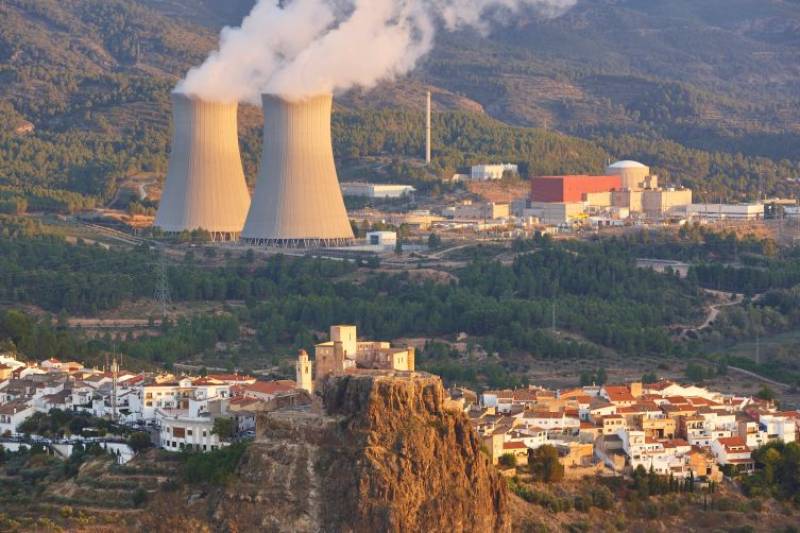Date Published: 10/07/2025
Nuclear closures in Spain and electricity prices: Can renewables bridge the gap?
As Spain moves away from nuclear power, the role of green energy becomes more crucial than ever
One of the more contentious questions surrounding Spain’s planned phase-out of nuclear energy is its potential impact on
electricity prices.
Critics of the closures argue that shutting down reactors, which still provide around 20% of the country’s electricity, could lead to
more expensive energy bills. But for those who believe in a clean energy future, the real question is not whether prices will rise, but whether renewables can rise to the occasion.
During a recent television appearance, the Popular Party’s deputy economy secretary, Juan Bravo, warned that nuclear closures could increase electricity bills. On the surface, it’s a concern grounded in logic: if nuclear, which offers cheap and steady electricity, is replaced with more expensive gas-fired generation, prices might well go up.
This is particularly true within the workings of Spain’s energy market, where the final price is set by the last and most expensive source of electricity required to meet demand.
In most cases, that last source tends to be gas.
Experts point out that nuclear plants often offer their electricity at zero in order to guarantee entry into the market. Replacing them with combined cycle gas plants, which have higher and more volatile costs, could indeed push the average price higher.
Gas prices fluctuate with international supply issues,
geopolitical tensions and limited storage options, making them an unpredictable and potentially expensive substitute.
However, it is also clear that this scenario isn’t inevitable.
A different path is not only possible, but already underway. Spain’s
National Integrated Energy and Climate Plan (PNIEC) envisions a future where renewable energy fills the vacuum left by nuclear. This would mean not just increasing solar, wind and hydro output, but investing heavily in energy storage and grid flexibility to ensure a constant and reliable supply.
Experts with a background in both energy economics and renewables argue that, if handled well, the nuclear phase-out doesn’t have to mean higher bills. Ismael Morales, from the
Renewable Energy Foundation, stresses that the real issue is not the disappearance of nuclear, but the degree to which Spain remains dependent on liquefied natural gas (LNG). If renewables can be ramped up fast enough, the country could avoid relying too heavily on gas altogether.
In fact, the continued growth of renewables could
bring energy prices down for property owners in Spain. As green technologies become more efficient and storage capabilities improve, renewable sources will increasingly offer competitive, and eventually cheaper, electricity. Their ability to participate in the market could help offset any temporary cost increases from the nuclear withdrawal.
Mario Sánchez-Herrero, economist and energy expert at the Complutense University of Madrid, predicts a balancing act. While some temporary price rises are possible if gas steps in as a short-term filler, these could be softened or even reversed by the falling cost and greater availability of renewables, especially once storage becomes more widespread.
In the long run, investing in renewables is not just a climate imperative, it’s an economic one. Spain has the natural resources, technical knowledge and policy frameworks needed to lead this transition. While caution is understandable, the nuclear closure can be seen not as a threat, but as a test: can Spain stay true to its green energy commitments and build a cleaner, more stable and ultimately more affordable energy future?
Those who believe in renewable energy see this moment not as a crisis, but as a turning point, an opportunity to double down on clean power and prove that sustainability and affordability can go hand in hand.
article_detail

|























